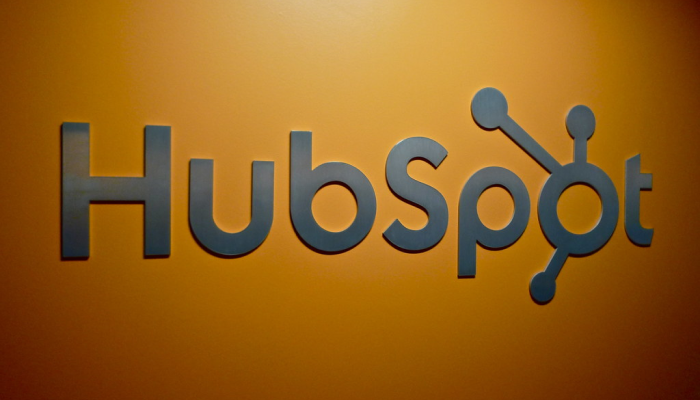
The year was 2003, and Gary Loveman had a problem. The Harvard Business School professor turned CEO had just taken over Harrah’s Entertainment, a struggling regional casino company.
Conventional wisdom said he should focus on the flashy whales—the high rollers dropping $50,000 per night at the baccarat tables.
But Loveman, armed with a PhD in Economics from MIT, decided to run the numbers instead of following casino folklore. What he discovered would revolutionize the gambling industry, and how every business thinks about customer value. Loveman’s approach helped Harrah’s become one of the largest casino empires in the world, growing from 15 to 54 casinos in just 10 years.
The Whale Hunting Myth
For decades, casinos chased whales the way most sales teams chase enterprise accounts. Bigger deal sizes, more impressive logos, and flashier wins gave bragging rights at company meetings. But when Loveman crunched the numbers, he learned that whale hunting wasn’t the best way to drive growth. For Harrah’s, it turned out that the biggest revenue generators weren’t the whales. They were a group of older, retired gamblers who came by very often, and mostly played slots. They called these guys Avid Experienced Players (AEPs).
These weren’t the customers getting free penthouses and private jets. They were driving their own cars to play $5 slots every Tuesday. But mathematically, they were worth more than the millionaire showing off at the poker table. The whales looked impressive on any single visit, but their behavior was erratic. They might blow $100,000 in Vegas, then disappear for months. Meanwhile, the AEPs showed up consistently, week after week, generating predictable revenue that compounded over time.
The research showed that increasing customer retention and upgrading players in the middle-to-high-volume betting tier significantly increased the lifetime value of these patrons. It was the consistency, not the individual transaction size, that drove real profitability.
The Granular LTV Revolution
Here’s where Loveman’s quant background became a competitive weapon. While other casinos relied on gut feelings and comps based on “how important someone looked,” Harrah’s built mathematical models to calculate exact customer value.
The result? Every customer got a precise lifetime value score that predicted their total worth to the company. This math drove every decision from marketing spend to comp allocation to customer service priorities.
The Identity Revolution
The breakthrough that made this all possible was surprisingly simple: the loyalty card. Before Total Rewards, casino relationships were based on whoever happened to remember your face. If a gambler went to their regular Harrah’s casino, people would recognize them and they’d get differentiated service – but if they went to a different Harrah’s, for example on vacation, their history didn’t follow them.
The loyalty card created a unified customer identity across all touchpoints. Suddenly, Harrah’s could track every interaction, build complete behavioral profiles, and deliver consistent experiences. Your slot machine preferences in Atlantic City followed you to Vegas. Your favorite cocktail was remembered in Tahoe. This single innovation, creating a persistent customer identity, made sophisticated LTV calculations possible.
The Modern Sales Application
The lessons from Harrah’s transformation directly apply to every sales organization:
- Stop chasing logos, start calculating value. That whale account might look impressive, but if they churn after 12 months while your smaller customers stick around for years, who’s really more valuable?
- Measure what matters for retention. Track engagement frequency, not just deal size. The customer who uses your product daily is more valuable than the one who bought the biggest package but rarely uses it.
- Segment by behavior, not just demographics. Group customers by how they actually use your product, when they’re likely to expand, and what predicts their churn.
- Create unified customer identity. Make sure every touchpoint—sales, support, success, marketing—sees the complete customer history and value calculation.
- Automate the math. Build LTV models that account for your specific business patterns, seasonality, and customer behavior.
Harrah’s proved that mathematical precision beats intuitive guessing every time. By focusing on lifetime value instead of transaction value, they built the most profitable casino empire in history.
The “Avid Experienced Players” taught them that consistency trumps flashiness, retention beats acquisition, and data-driven customer value beats gut instinct. The question for sales teams is simple: Are you still hunting whales, or are you calculating what customers are actually worth? In the long run, the house always wins—and the house runs on math, not myths.







